Terrorism cannot destroy Israel’s great surge for life
The idea that a peaceful Palestinian state will be built in Gaza is dead. If the outside world thinks it knows what to do with a whole generation Hamas has indoctrinated into hate, then be my guest.
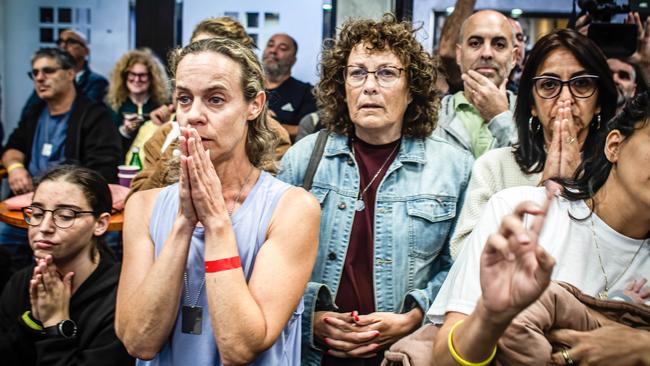
“What is life?” a child asks Oriana Fallaci at the beginning of her great 1969 book Nothing and Amen. As Fallaci wrote, the next morning she flew to the Vietnam War to find out.
I have thought about that question a lot in recent weeks, since arriving in Israel earlier last month to cover the war.
I have seen plenty of wars before and they always throw up that question: “What is life?” To understand life you have to understand death, and to understand death you have to try to understand the worst thing that humans can do to each other: war.
Hamas’s attack on Israel on October 7 has left 1200 dead. Nearly 240 hostages – children, women, grandmothers – were taken to Gaza. During the past few days, about 81 hostages have been returned to their loved ones during the ceasefire.
I was at the children’s hospital in Tel Aviv when the first children and their parents were released. When the helicopters landed and the hostages got out, Israel Defence Forces soldiers blocked their faces with screens to protect them from the glare of the cameras. But I’d already been sent a single photo taken by the Arab press that showed some of the mothers with their children inside a bus when they were still in Gaza.
The terror on their faces. They looked as though they’d aged by decades.
But at this moment there was joy. As the helicopters landed, traffic stopped, and people got out of their cars and broke into song. They clapped and their voices rang out as they welcomed back the hostages with songs like Hevenu Shalom Aleichem (“We brought you peace”).
As it happened, 12 of the 13 returnees that night were from Kibbutz Nir Oz, the first place I visited on my trip to Israel.
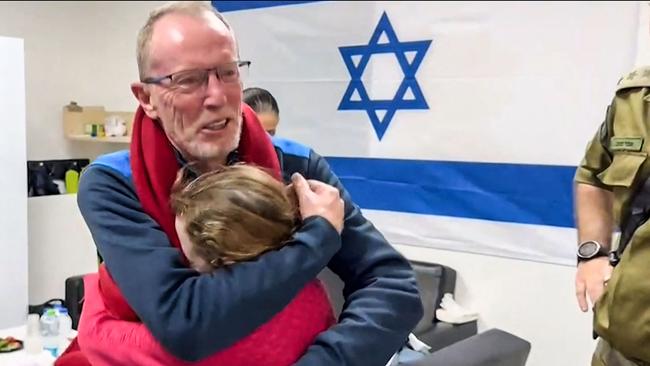
But for every returnee, you remember those still in Gaza. I thought especially of the grandsons of the man who showed me around the kibbutz during my visit.
On the morning of October 7, the teenage boys were alone in the house. Their grandfather was on the phone with them trying to tell them how to hold the safe room door shut while avoiding being shot from the other side. The two boys struggled with a wound-up sheet and held out a while, but they couldn’t fight back against two grown men, members of Hamas. They were taken into Gaza.
So was Kfir Bibas, a baby of 10 months. So was his brother. So was their mother. On Wednesday Hamas said they would not be released because they died in captivity.
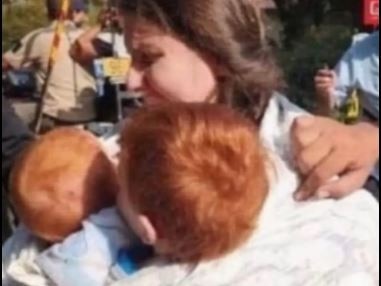
Who knows if Hamas killed them, as it killed so many others, or if it is lying to torture those waiting for their return.
So the hostage releases are happening, but every day brings disappointment and hope.
The process that has begun is a hell of its own. For almost two months, every billboard across the country has shown us the faces of the stolen. We have gotten to know them. Nobody pulls these posters down here. They are family, friends.
Every returned hostage is a blessing. But what makes reporting on their release hard is that Hamas has strategically made sure that nearly all those freed still have a family member held captive inside Gaza. So almost every released hostage is compromised.
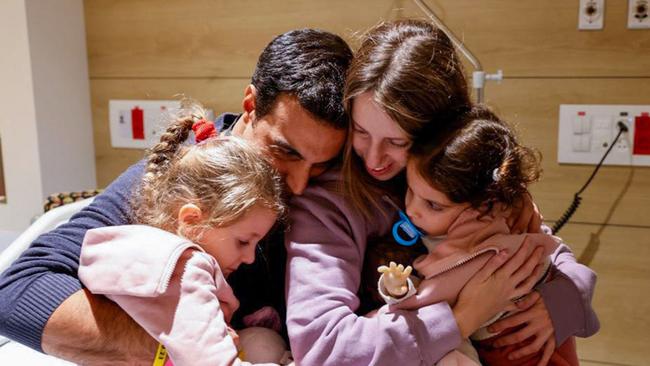
Everybody knows that Hamas is eking out the deal – and reneging on it – to slow down the Israeli war plan. Possibly indefinitely.
Rumors spill out everywhere. Some people believe that only half the hostages are still alive. But this fear is put to the back of people’s minds as they dream of everyone returning home.
Last week I went to the Forensic Institute in Tel Aviv to speak with the people still trying to identify bodies being brought in. Many of the bodies are so burned or destroyed that they arrive in a bag smaller than a normal body bag.
Sometimes they are just bones; sometimes the remains are accompanied with a bit of a mobile phone. All possible clues to give something back to the families to bury.
One of the reasons to see things with your own eyes is to steel yourself against those who refuse to believe what is happening.
Holocaust denial about October 7 is happening in real time.
We went downstairs to the morgue where they showed me some of the bodies they were still trying to identify. The reek is terrible, as are the sights. But these dedicated professionals and volunteers go about their painful work with great dedication as well as dignity.
On one table was the body of what they could identify only as a young man. They had extracted a tooth to try to make an identification. This is a relatively lucky case. Next door were some of the trays of charred objects that used to be people. These trays were human jigsaw puzzles, the bodies too burned to remove DNA.
On one tray, a skull had been pieced back together, and I asked the lead pathologist if this was surely not the skull of a child.
“It could be,” he said, but it was also possible that it was the skull of a teenager and that the skull had simply shrunk in the intense flames that enveloped them when Hamas set their house on fire.
Some of the sights made me nauseated. Others filled me with pity. A tray of almost nothing. A femur bone, perhaps. The remnants of a barbecue. Yet this was a man. Or a woman. Another bag comes in.
Early on I did an interview from the eerily empty town of Sderot. I had been there, and in its bomb shelters, before. But never did I – or any of the residents – imagine that Hamas would come down these streets in trucks firing rocket-propelled grenades and other heavy weaponry. This was a place that tried to hold out.
Later, in the hospital in Tel Aviv, I met one brave young policeman who resisted for hours in his station that morning. He was shot in his arms and his legs, and a bullet had even grazed his scalp. He saw most of his comrades die. But he held out and was saved just before bleeding out.
“What was it like that morning?” I asked him.
“I saw hell,” he said, as he rocked himself back and forth.
Nir Oz, one of the kibbutzes in the south, suffered some of the greatest devastation on October 7. More than half of the community’s 400 residents were murdered or kidnapped that day.
This community, like many other kibbutzes, was populated by peaceniks, left-wingers and people who actively tried to encourage coexistence with their Palestinian neighbours.
Among the debris of their burned-out houses, you can still make out peace stickers. None of that made any difference to Hamas. Nor to the Palestinian workers who were given jobs in these places and ended up acting as scouts for Hamas, passing on information about the families so the terrorist group would know who to kill when they broke through the fence.
The terrorists knew, by every single door, who would be home and when. They killed the head of security first and then moved on, house by house.
This is an ongoing crime scene, and so there are trails of blood still on the ground, which tell much of the story on their own. The room where a group of Thai agricultural workers was massacred is still caked in blood from wall to wall and ceiling to floor. I could only make out just a couple of bullet holes in that room. Which means the workers were hacked to death mostly by machete.
Nobody I have spoken to in Israel still believes they can live beside Hamas. The idea that a peaceful Palestinian state will be built in Gaza is dead. The idea that a state can be built in the West Bank under an authority that also celebrated the atrocities of October 7 is past life support.
“I have been a left-winger all my life,” one man told me from his hospital bed. “I want nothing but potato fields from here to the Mediterranean.”
He told me his October 7 story. His wife and two children were hiding in a safe room in their house when Hamas set fire to the home. As smoke rose, terrorists found a window in the safe room and threw grenades through it. Then a Kalashnikov rifle appeared. His wife was killed by a grenade; two bullets pierced the chest of his 14-year-old son, a young surfer.
As the son bled out, he asked his father, “Will you bury me with my surfboard?”
Days later, when authorities found the man in the hospital and asked if he wanted anything from his home, he gave a simple reply: “I want nothing from my house but my son’s surfboard.”
His son was buried with his surfboard.
Gaza itself is a blown-out wasteland. I was there within the first week, embedded with the IDF and travelling in Israeli vehicles through the border opening that the terrorists had broken through. As well as a feeling of trepidation, there is a sense of victory in going through that crossing. Hamas had come for the Israelis. And now the IDF was coming back for the people who’d done this.
In Gaza itself, anything can happen. The Israelis were still bombing the north, where I was, and up from the al-Shifa hospital I watched the streams of Palestinians making their journey south.
It was a pitiful sight, and a reminder of what Hamas has wrought on the people under its control. While I was there, the IDF found a Hamas tunnel and blew it up in front of me. The earth shook. But the earth shook a lot that day. Machine-gun fire kept breaking out, as well as the rockets and airstrikes.
People often ask what it’s like in a live conflict zone. The truth is, absolutely anything can happen. You just have to hope that it doesn’t.
At one point, right in the middle of Gaza, I spoke to a senior IDF commander and asked if he had been here before. “Yes,” he replied. “When were you last here?” I asked. “In 2005,” he said, “when I pulled family friends out of their houses. Now 18 years later, here I am, back again.”
It is a reminder of the insolubility of the Gaza situation. Nobody has an answer to it.
But why has this impossible problem been given to the Israelis to solve? Get someone else to resolve it. If the outside world thinks it knows what to do with a whole generation Hamas has indoctrinated into hate, then be my guest. Any takers? Any?
For now, the war is still on hold. The IDF is trained to go. But currently the solders sit around, like everyone, waiting and watching and wondering how long this suspension can continue.
The pause strengthens Hamas and weakens Israel. Some people say that Israelis should be less sentimental. But when you see footage of a child running back into his father’s arms, you think again. And then you have to think of both these things at once.
The jihadists say they will win because they love death more than we love life. I think they are wrong. Israel will win precisely because they – we – love life. The Jews are ordered by God to “choose life” and even in the face of death, they do.
The enemy can’t stop the great surge for life that comes up everywhere here in Israel, even in these days.
The units I visit have unity and morale of a kind you would barely think possible. Because everybody now knows what the alternative to war is. The alternative is constant massacre.
Watching the sun go down tonight I think of Fallaci again, and when she returned from Vietnam, how she answered the little girl’s question, “What is life?”
What did Fallaci say to her?
“Life is something you’ve got to fill up well, without wasting any time. Even if you break it by filling it too full.”
Douglas Murray is a British author and columnist. A version of this story appeared on The Free Press website on Thursday.

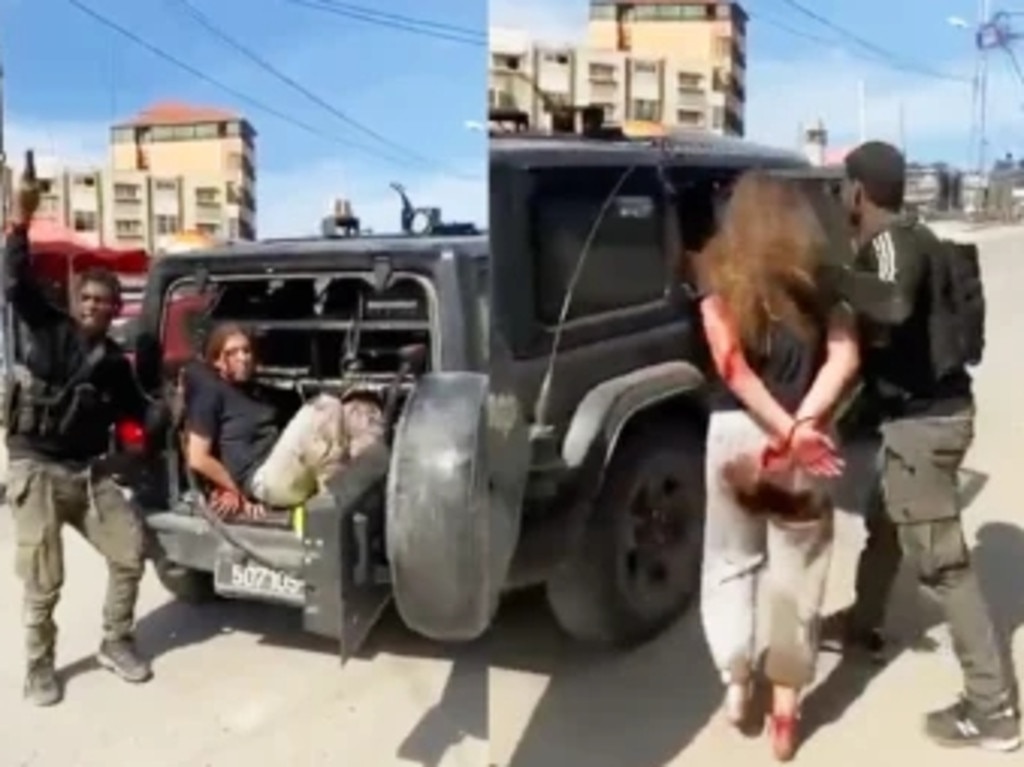
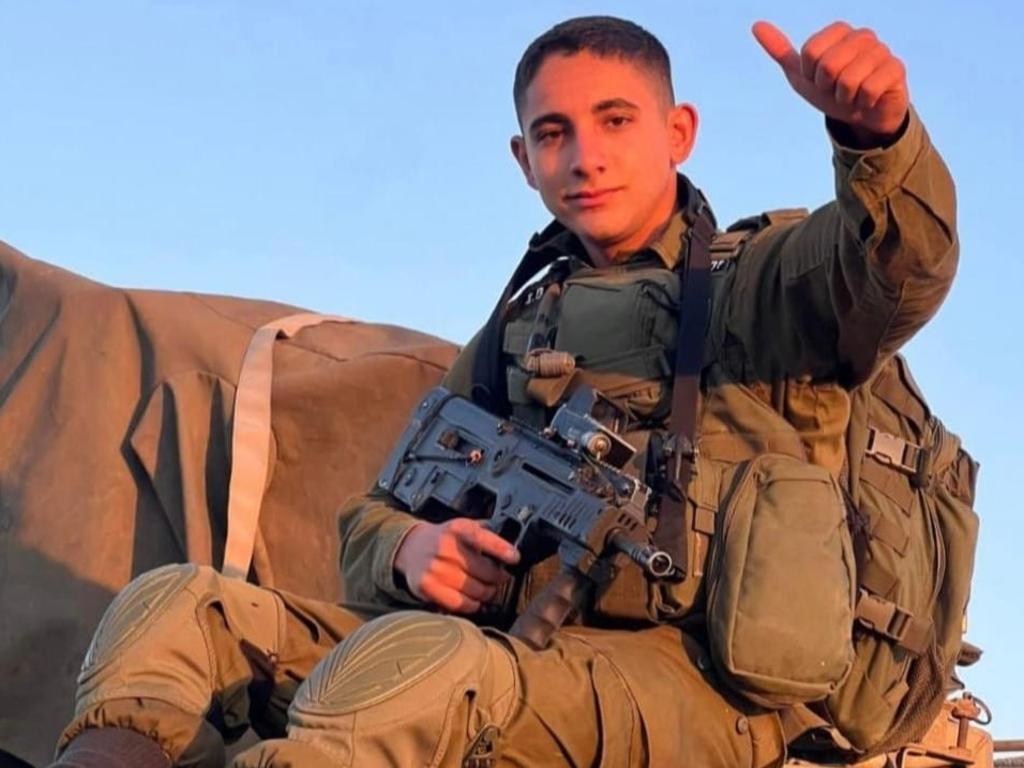
To join the conversation, please log in. Don't have an account? Register
Join the conversation, you are commenting as Logout